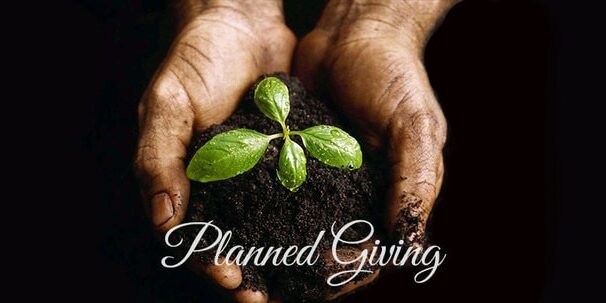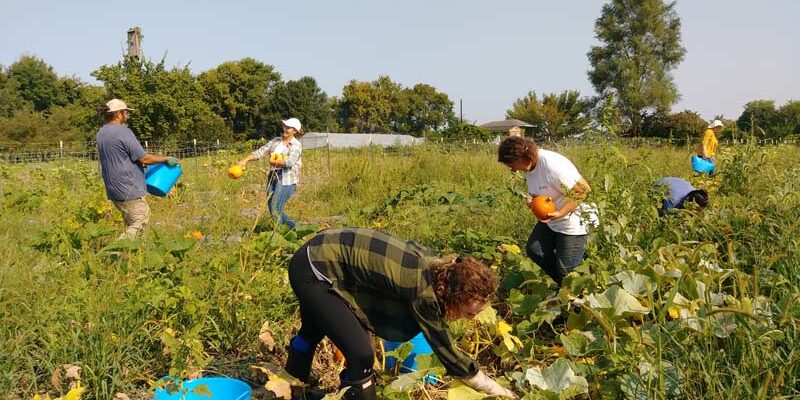Earth Day Every Day: Follow the cabbage
“We eat by the grace of nature, not industry, and what we’re eating is never anything more or less than the body of the world.”
Michael Pollan
I was so taken by that line as I was finishing “The Omnivore’s Dilemma” by Michael Pollan, hot off the press in 2006. Those words still resonate 15 years later. Whenever I give myself the time to stop and think about the food on my plate, it’s a marvel that any of it ever got there in the first place!
Everyone eats

For most of us, it’s the most ecological act that we participate in on a daily basis. Real food comes from plants and animals who have been nourished on the land. The food you eat has direct impacts on your health and the health of the environment where it was grown and the people who grew it. That said, it’s important to note that not everyone has the economic resources to be discriminating in where their food comes from. The food distribution systems in our country are enormous and efficient, but they’re fundamentally flawed. The most nutrient-dense foods are the most expensive and they’re concentrated in communities with greater economic wealth. We could dedicate so much time to discussing the iniquities inherent in the system and the subsequent impacts on public health, but we only have one week during this Earth Month. This week, we will take a look at the steps involved in growing veggies.
It all starts with a seed

So much goes into producing food. It takes numerous hands to grow a crop, protect it against insects, disease and weed pressure, harvest it, clean and pack it, transport it for sale, store it and maintain it on a sales floor so it stays as fresh as possible before making its way into your cart and into your home. Before farmers can even plant a crop, they have to have a seed. Even our seed supply is vulnerable to things like climate change or the pandemic. Who knew that a sudden flood of home gardeners would affect the global seed supply for farmers to grow their crops?
Why cabbage?

It’s easy to get overwhelmed by the food system so I’ve chosen just one crop to follow, from seed to plate. I present to you, the humble cabbage. It may not have the flash of a tomato or zest of a chili, but it’s a surprisingly popular vegetable that can be grown in a wide variety of climates across the country. I invite you to join us as we follow the cabbage (#followthecabbage) to catch a little glimpse of how produce is grown and managed and sold. Each day this week, we will post a new photo and nugget of information and even a few how-to videos for starting your own seeds and making your own sauerkraut. You will even have a chance to show off your own plant babies to the world. Dorothy had the yellow brick road. We have the cabbage.
Earth Day Every Day
Visit our Earth Day Every Day page to find out more about caring for our planet.



Candace, thank you! This is so pro-active. I’ve sent to on to my gardener friends and “might be” gardeners.
Cabbage soup is on!